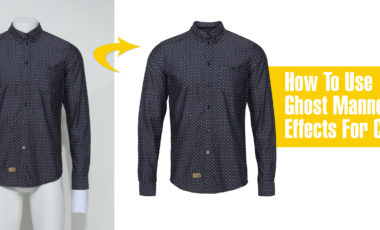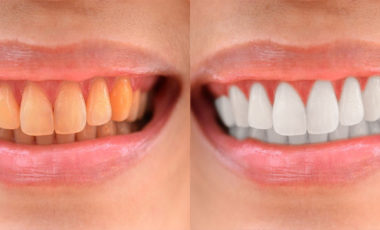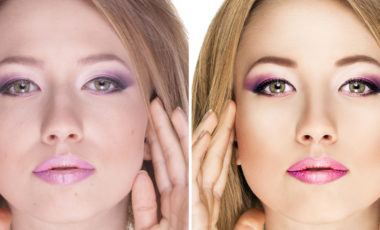22 night photography tips for beginners( P2)
admin
August 2,2017

11.Which is the best ISO setting for taking pictures at night?
The ISO setting you need depends on the type of night image you are shooting. If you are shooting a city scene with long exposures, you can use a tripod, so you can keep the ISO at 100 or 200. This will also lower the noise level – ideal for retaining details at night scenes. If you shoot an outdoor performance at night and hold the camera by hand, you will need to push the ISO up to ensure that the shutter speeds are fast enough to capture sharp shots.
- Blur movements
Taking blurred movements can transform dull scenes into impressive work of art. The good news is, you only need to use your digital camera on a tripod and choose a slow shutter speed from 2-5 seconds.

- Auto focus or manual focus?
For night shots, it is best to use both autofocus (AF) and manual focus (MF). Use AF to focus on a part of the scene, then switch to MF to lock the focus. That way, your camera will not automatically change focus when changing light or scene or when traffic passes. When shooting in the dark you will need to find part of the scene bright enough so your camera can get AF. If you have problems, switch to MF and use Live View to enlarge your LCD monitor and check your focus before shooting with long exposure.
- Time for night photography

Night time can make everything different when it comes to traffic lights. There will be more traffic in your downtown from 5-6 pm every day. You look forward to the rush hour! Stand at a safe place on a busy street and experiment with 10-30 second exposure to capture the dense light streaks. Note that in the early evening, there will still be some light in the sky – even if it looks dark.
- Set white balance at night
If you are using auto white balance, it’s easy for your DSLR confuses with what is supposed to be the best setting of white balance (WB) when shooting under street lights. To ensure the best results, set up the WB; Cloudy (6000K) to warm up your scene (make them orange) or Stage Light (Tungsten-3200K) to cool down the temperature (make them look blue).
- Turn off IS
The Image Stabilization (IS) on the lens is useful for reducing camera shake when you are shooting, but it can have the opposite effect when you are using a tripod and are exposed long – the motion sensors inside most lenses actually create unwanted motion. Turn off the IS and you will not have to worry! Doing so will also increase battery life – useful in cold conditions.
- How to take photos of streaks?
While the traffic lights are exposed for 30 seconds, streaks can take more than 30 minutes! There are two methods for shooting streaks, in a prolonged exposure, or in a series of exposures. With the single exposure method, it is best to use your camera with Long Exposure Noise Reduction. The problem of a prolonged exposure is that the sky can become quite bright at the end. Or you can create a series of exposures and mix them together by using a software called Startrails (www.startrails.de). Use f / 4 and ISO 400 to allow more light to enter. Capture a series of 30-second exposures on Bulb (in Manual mode) and in continuous shooting mode (with Long Exposure). The sequence needs to be more than an hour or so for a good visual effect.
- Reflections at night

In order for your photos to stand out at night, look for water in front of buildings, rivers, and lakes, to reflect twice the amount of lights and colors in your image. Even wet weather, winter weather can help to turn sidewalks and greyhounds into interesting reflective surfaces.
- Special effects
Try zoom technique to capture the artistic effect of night light. For this, you’ll need an 18-55mm zoom lens or 17-85mm kit lens to make a unique photo, and a slow shutter speed – depending on available light, 1 / 15-1 / 4 seconds is a good start. Start with the lens at its wide angle, then zoom in when you press the shutter button. Also, start zooming in, then press the shutter button and zoom out. Experiment and you will soon get good zoom results!
- Draw with light
On a moonless night, any rocks, trees, and solid objects in your landscape shots can also become shadows in contrast to the sky. So try to illuminate them by using a torch. With a filament bulb, the ‘painted’ feature will carry a yellow color. By covering the torch with a Blue Temperature-Blue Temperature, you can create a more natural effect.
For the simplest frame:
– come before dark to find the best layout.
– Switch to manual exposure mode and start with about 120 seconds of an aperture in f / 8. Adjust the aperture up or down from there or change the shutter speed to adjust the exposure. Time is not an exact science – only count in your head!
Keep the torch in motion, otherwise, you will have patches and light stains on the subject
- Keep your camera working in cold weather
Battery power decreases sharply when shooting in cold conditions – and in the long exposure. To avoid “getting out of the ring” and missing the perfect shot, keep one or two spare batteries in your pocket. We often find that by keeping warm, the battery in our pocket will “come back to life” so you can use it when needed. Do not forget to keep yourself warm – and if you are in a bustling area or taking photos close to roads, wear a reflective jacket to increase your safety.

- Digital Darkroom
When editing RAW night shots in Adobe Camera Raw, do not be afraid to drag the Temperature slider to increase the intensity of light and color. Sliding the Vibrance and Saturation slider up a bit to increase color – but do not overdo it. Use the recovery slider after tweaks to prevent highlighting of burnt spots.















Leave a Reply